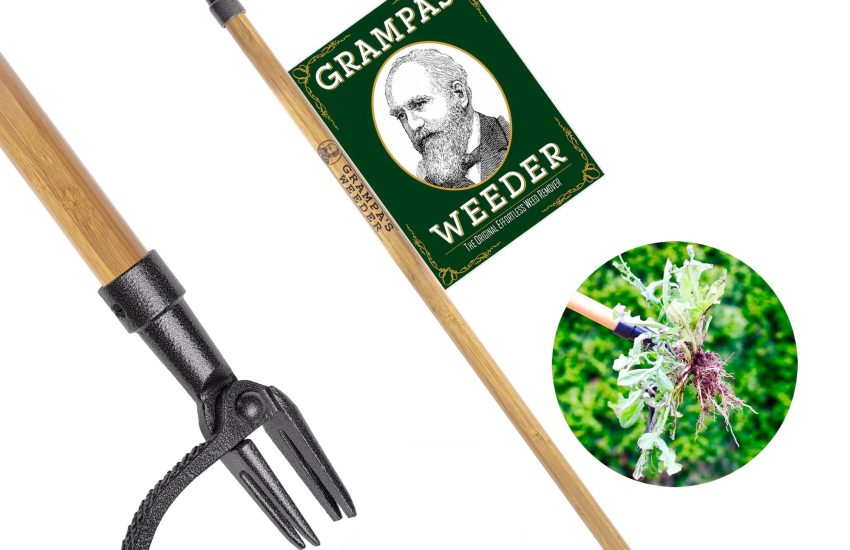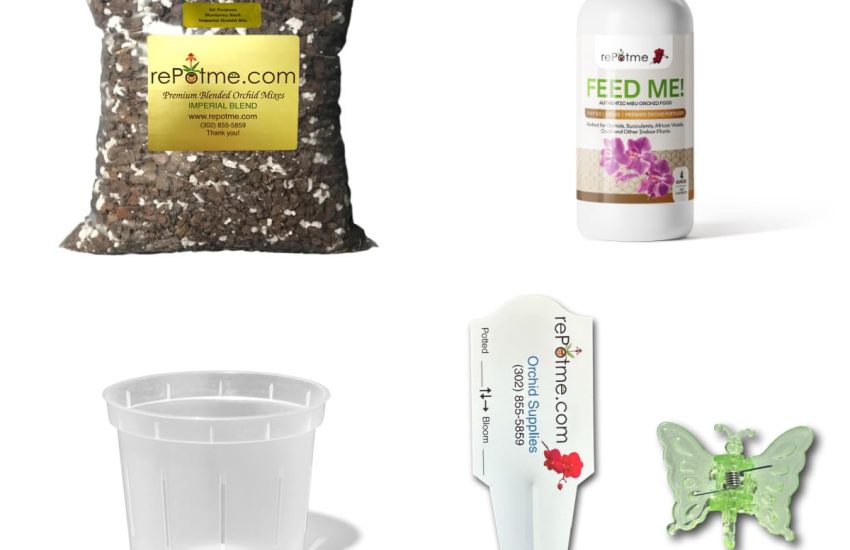Which Garden Ponds Are the Most Eco-Friendly? Top 5 Sustainable Options for 2025
We independently select all products and services. If you click through links we provide, Plant Native may earn a commission with no extra cost to you.
Garden ponds bring a slice of nature to our backyards, creating tranquil spaces for relaxation and wildlife. These water features can range from small, pre-formed pools to large, custom-built ecosystems.
When designed thoughtfully, garden ponds can enhance biodiversity, support local wildlife, and create a sustainable habitat right at home.
Eco-friendly garden ponds focus on mimicking natural aquatic environments. They prioritize native plants, incorporate natural filtration systems, and minimize the use of artificial chemicals.
These ponds not only look beautiful but also contribute positively to the local ecosystem by providing a habitat for various species of plants, insects, and animals.
When choosing an eco-friendly garden pond, we need to consider several key factors. The size and depth of the pond, the types of plants and animals it can support, and the filtration system are crucial elements.
We also need to think about the pond’s location, water source, and ongoing maintenance requirements.
Most Eco-Friendly Garden Ponds
We’ve researched and evaluated numerous garden pond options to identify the most environmentally friendly choices. Our list highlights ponds that prioritize sustainability, water conservation, and wildlife support. These eco-conscious selections will help you create a beautiful aquatic feature while minimizing environmental impact.
Webb’s Eco-Friendly Pond Cleaner
We highly recommend this effective and convenient pond treatment for clearer, healthier water year-round.
Pros
- Easy-to-use soluble packets
- All-season formula with barley
- Improves water clarity quickly
Cons
- May require ongoing treatments
- Limited effectiveness for very large ponds
- Higher price point than some alternatives
We’ve been using Webb’s Water Gardens pond treatment in our backyard water feature for the past few months, and the results are impressive.
The soluble packets dissolve quickly, dispersing the bacteria and barley formula throughout the water. Within days, we noticed a significant improvement in clarity.
The all-season blend tackles murky water and excess nutrients without disrupting the pond’s delicate ecosystem. Our fish and aquatic plants are thriving in the cleaner environment.
We appreciate that it’s safe for all pond inhabitants while effectively combating algae and breaking down organic waste.
One packet treats 1000 gallons, making dosing simple for ponds of various sizes. We use it weekly as a maintenance treatment, and our pond has never looked better.
The resealable container keeps the remaining packets fresh and ready for future use. While it’s pricier than some basic algaecides, we feel the results justify the cost for a healthy, clear pond all year long.
Poweka Eco-Friendly Pond Liner
We recommend this durable HDPE pond liner for those seeking an eco-friendly option for medium to large ponds.
Pros
- Thick 20 mil HDPE material
- Versatile for various water features
- Safe for fish and plants
Cons
- Somewhat stiff and inflexible
- May tear if not handled carefully
- Heavier than some alternatives
The Poweka pond liner offers a robust solution for creating backyard water features. We found its 20 mil thickness provides excellent durability, resisting punctures from rocks and roots.
The 15′ x 20′ size is generous, allowing us to easily cover a medium-sized koi pond.
During installation, we appreciated the liner’s versatility. It worked well for our water garden and would be suitable for waterfalls, fountains, and other landscaping projects. The material cuts easily, so we could customize it to fit our specific pond shape.
We were pleased to discover the HDPE composition is environmentally friendly. It doesn’t leach harmful chemicals, making it safe for our fish and aquatic plants.
The liner also effectively separated pond life from the underlying soil, simplifying maintenance and cleaning tasks.
Aquascape Mini Pond Kit
The Aquascape AquaGarden Mini Pond Kit offers an easy and eco-friendly way to add a water feature to any space.
Pros
- Quick and simple setup
- Integrated plant and waterfall filter
- Versatile for indoor or outdoor use
Cons
- Limited water capacity
- May not be suitable for larger fish
- Plastic construction might not appeal to all
We recently tried out the Aquascape AquaGarden Mini Pond Kit and were impressed by its ease of use.
The kit comes with everything needed to create a small water garden, including a plant and waterfall filter, LED light, water pump, and decorative gravel. Setting it up took less than an hour, and the result was a charming, compact water feature.
The integrated filter system works well to keep the water clean and clear. We added a few small plants and found they thrived in the growing media provided.
The gentle sound of the waterfall is soothing and adds a nice ambiance to any space.
At 23.5 inches in diameter and holding 5-7 gallons of water, this mini pond is perfect for small spaces like patios, balconies, or even indoor areas. The LED light adds a lovely touch for evening enjoyment. While it’s not designed for large fish, we found it suitable for a couple of small goldfish or some aquatic plants.
Webb’s Pond Sludge Remover
We recommend these tablets for maintaining clean, healthy ponds with minimal effort and environmental impact.
Pros
- Easy-to-use tablet form
- Works in cold temperatures
- Safe for fish and wildlife
Cons
- May take time to see results
- Requires regular application
- Not effective for all pond types
We’ve found Webb’s Water Gardens Pond Muck and Sludge Remover Tablets to be a convenient solution for keeping ponds clean.
The tablets dissolve quickly upon contact with water, releasing beneficial bacteria that break down organic debris. This natural process helps reduce odors and improve water clarity without harsh chemicals.
In our experience, these tablets work well for year-round maintenance. We’ve used them in koi ponds and decorative water features, noticing they continue to be effective even as temperatures drop.
The enzyme-producing bacteria remain active down to 35 degrees Fahrenheit, making this product versatile for various climates.
Application is straightforward – we simply toss in one tablet per 1,000 gallons every week or two. For larger ponds or problem areas, spot treatments can be applied directly to sludge-prone zones. While results may not be immediate, consistent use has shown noticeable improvements in water quality over time.
Eco-Friendly Water Lettuce
We recommend this water lettuce for aquarium enthusiasts seeking a natural, floating plant option, though results may vary.
Pros
- Provides shelter for small fish
- Absorbs excess nutrients
- Adds natural aesthetic
Cons
- Challenging to grow
- Inconsistent quality upon arrival
- May overtake tank if unchecked
We recently added these water lettuce plants to our aquarium setup. The floating rosettes create an intriguing surface pattern, while the hanging roots offer excellent hiding spots for smaller fish. When thriving, they effectively absorb excess nutrients, helping to maintain water quality.
Our experience with growth was mixed. Some plants flourished, multiplying rapidly and requiring regular thinning during maintenance. Others struggled to adapt, turning brown and disintegrating within days. Proper lighting and nutrient levels seem crucial for success.
The size of the plants we received was smaller than expected, about the size of a quarter. This allowed for easy integration into our existing layout. We appreciated the eco-friendly nature of these live plants compared to plastic alternatives. They’re a great option for those willing to put in some effort for a more natural aquarium environment.
Buying Guide
When selecting an eco-friendly garden pond, we recommend considering several key factors:
Size and Location
Choose a pond size appropriate for your space. Larger ponds generally support more diverse ecosystems but require more resources. Consider sun exposure and proximity to trees.
Materials
Opt for natural, sustainable materials:
- Clay or rubber liners
- Stone or reclaimed wood edging
- Native plants for filtration
Filtration System
Look for energy-efficient filtration options:
- Solar-powered pumps
- Biological filters using beneficial bacteria
- Plant-based filtration zones
Water Conservation
Select features that minimize water waste:
- Recirculating waterfalls or fountains
- Rainwater collection systems
- Drought-resistant aquatic plants
Wildlife Considerations
Prioritize elements that support local wildlife:
- Shallow areas for amphibians
- Native fish species
- Varied depths for different creatures
Maintenance Requirements
Choose designs that are low-maintenance:
- Self-cleaning systems
- Natural algae control methods
- Easy-access skimmers
By focusing on these aspects, we can create a pond that’s both beautiful and environmentally responsible.







